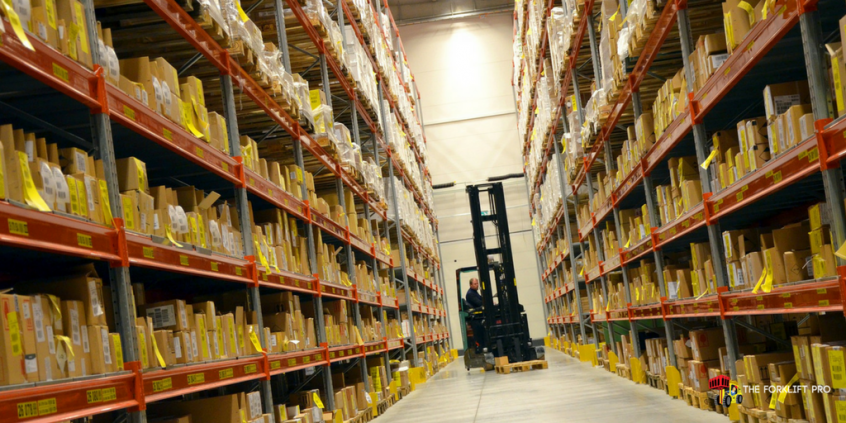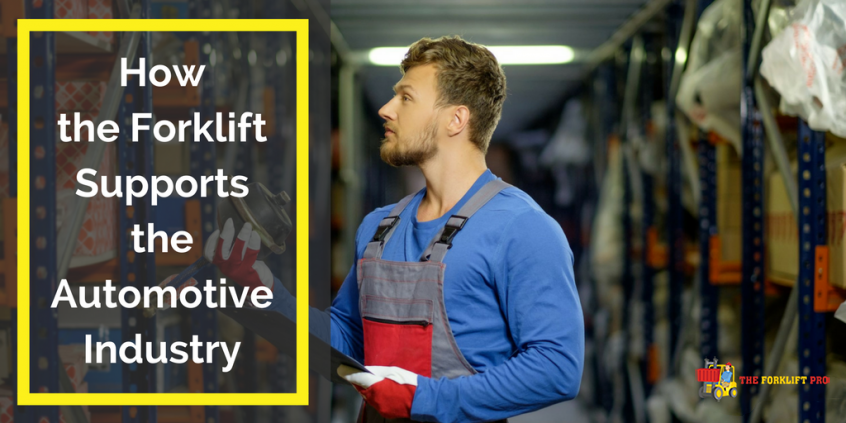Material handling equipment (MHE), such as forklifts, has a tightly-interwoven relationship with the automotive industry. MHE drives innovation in production and manufacturing of passenger vehicles, provides transfer logistics for parts, pallets, and components in automotive warehouses, and evolves with the industry as needs arise or technology forces ingenuity for forklift machines.
Driving Innovation
The push to increase production and usage of hydrogen passenger vehicles has gained and lost momentum many times. The latest revival of the idea is coming from a sector which may seem a bit unorthodox as a conduit for change in the automotive industry – MHE.
Japan has pioneered the concept of forklifts being responsible for growing the hydrogen vehicle market by establishing two goals
- To create and test a low-carbon supply chain for generating and distributing hydrogen.
- To spur a fueling infrastructure by expanding the number of vehicles needing one.
Hydrogen forklifts have been implemented on a large-scale basis stateside as well. Companies like Walmart have included fuel cell technology MHE as a part of their strategy to achieve sustainability goals. Amazon has looked to the hydrogen forklift as a way to increase delivery speed of goods.
Evolving to Fit Automotive Industry Needs
The automotive industry is one that constantly evolves, which means material handling solutions must evolve with them. There are many moving parts to the industry, including the need for diversifying cost efficiencies without sacrificing quality and providing the right accessories for the job.
Improving Efficiencies
Used material handling equipment has helped automotive suppliers increase production time while lowering overhead and procurement costs. Since the automotive industry is facing many new challenges, suppliers need to be ready to handle the needs of their clients.
This is an especially important aspect of manufacturing in Latin America. Recent economic downturns and crises have placed the South American automotive industry in a state of caution. Though there is identified growth potential, the next several years of automotive industry success in South America depend heavily on the economic health of Brazil.
Because the import/export markets in Brazil have tightened, surrounding Latin American countries’ industries must find ways to decrease expenses and maximize profit margins, especially those businesses in the automotive industry or those who support the automotive industry. Used forklifts have been beneficial in helping companies that support automotive manufacturers, and related businesses, to keep their costs low.
Accessories
Beyond just providing the right machines to support the automotive industry, MHE manufacturers also produce accessories and attachments which help warehouses and factories to get the most out of their equipment. By using fork truck accessories such as fork positioners or fork spreaders, forklift operators spend less time readjusting or positioning forks to accommodate items of variable depths.
Side shifters are another popular choice for MHE used in the industry. This accessory helps expand the use of owned forklifts, reduce wear on the machine, assist with navigating tight spaces, and decrease damage to goods or pallets.

No matter the need in the automotive industry – innovation, cost efficiency, or utility maximization, forklifts are versatile pieces of MHE that continue to be an invaluable part of the support system for automotive manufacturers. Finding the right used MHE for your automotive industry customers requires building a relationship with an experienced, trustworthy used forklift wholesaler who can assist with guiding you on inventory needs and share insights regarding growth and trends which might help with purchasing.

